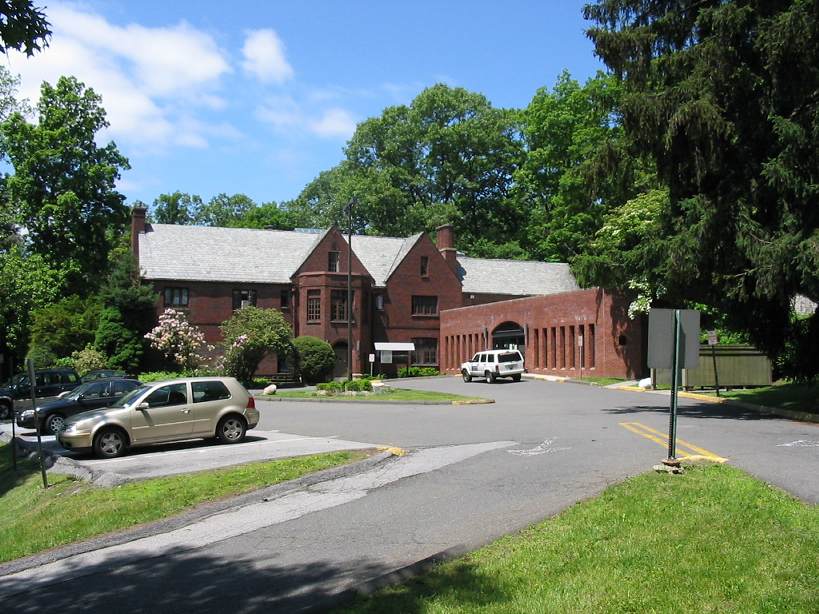OSA Innovations Help Increase Student Satisfaction
The retention rate at Pace University has increased by more than 1% according to Assistant Vice President for OSA, James Curry, and he says that the innovations at OSA are helping to drive this change by increasing student satisfaction.
“It’s about engagement and keeping the student connected,” said Curry. “That’s what we’re trying to do and that is what advisors and housing and athletics is trying to do. I think we’re getting to the student better and it’s all a part of the educational process.”
OSA’s innovations began in 2010 and have included getting rid of “old formats” and updating their processes to enhance communication with Pace students.
In order to increase efficiency, the department continues to decrease waiting time by taking the initiative to contact students, simplify forms, advance technology, measure staff accountability, and even decrease or reassign staff.
“We’ve made a lot of progress since [2010]. Student service is our number one priority. Speed and efficiency and accountability is also a top priority,” said Curry. “The goal was to understand where we went wrong [during contact with students], how to fix the process, and then how we can change it for the future so we can capture students before they get to that situation.”
Curry says that he values the university’s relationship with students and was inspired to create change because of his own experiences as a student.
“I came into higher education as a CUNY student. I was that student who hated the bursar/registrar,” said Curry. “My foundations are motivated because I know what the student is going through not only academically but also the complexities of managing other inefficiencies that compound this negative feeling that [students] have for both the institution and its divisions.”
According to Curry, OSA collects student feedback about their experiences with the department through surveys and recordings. These student responses are then analyzed and used to create a better relationship between the students and the department.
“[Before newer processes] we had no way of accounting for student contacts, no way of knowing who had that contact, or the quality of conversation and it was all hearsay,” Curry said. “So we built a tool internally that manages all of that by tracking and recording every single student interaction. We then look at the data and try to figure out why the students are falling [into a certain level of satisfaction].”
Curry says that Pace’s “standard of best practice” includes having high quality of relationships with students, high volume of contact, and knowledge about each student so OSA can fully understand who a student is before they approach the department with any questions or problems.
“Loyalty is really important to me. I’m a big believer in making sure that students understand that we are here for them and that we take them seriously,” said Curry. “That also kind of shows students that they can be loyal to the university. We are building relationships with them and that has been one of the foundations [of change].”
*The original headline has been altered to read, “OSA Innovations Help Increase Student Satisfaction,” instead of, “OSA Innovations Increase University’s Student Retention Rate.”
*The lead paragraph originally read: “The retention rate at Pace University has increased by more than 1% according to Assistant Vice President for OSA, James Curry, and he says that the innovations at OSA are driving this change.”
Your donation supports independent, student-run journalism at Pace University. Support the Pace Chronicle to help cover publishing costs.


